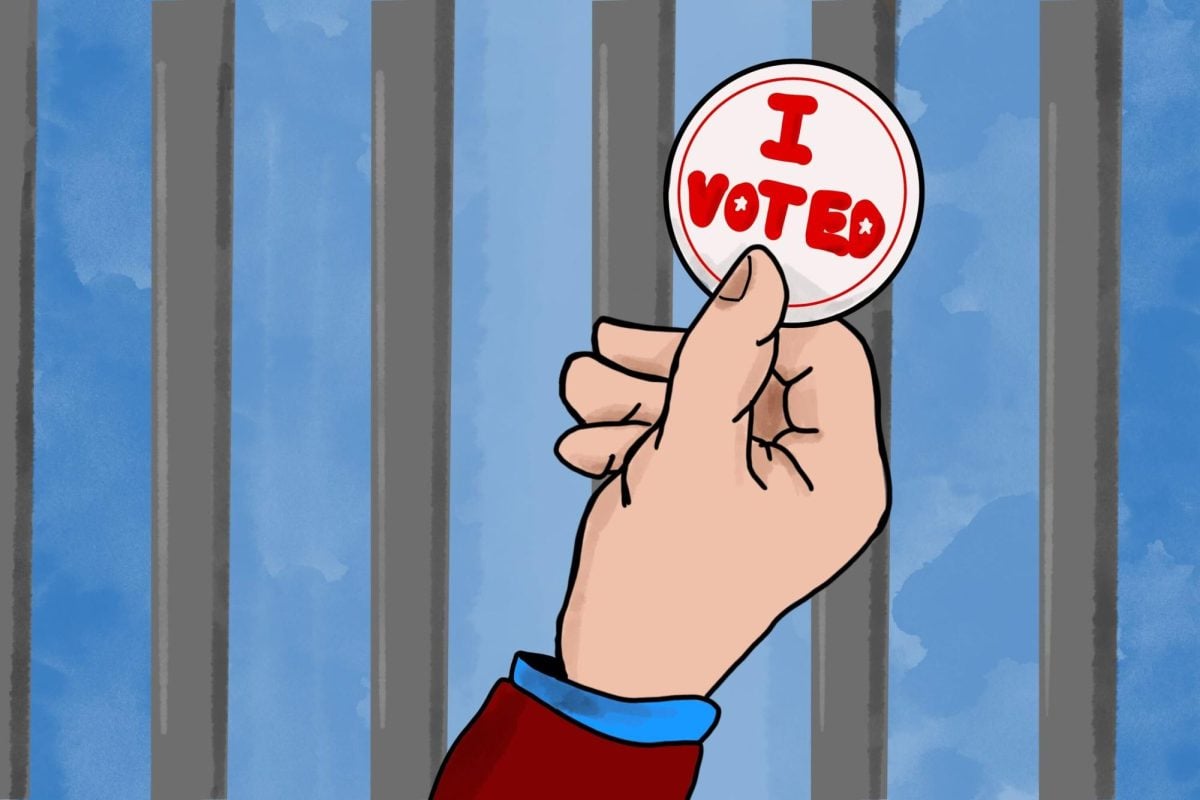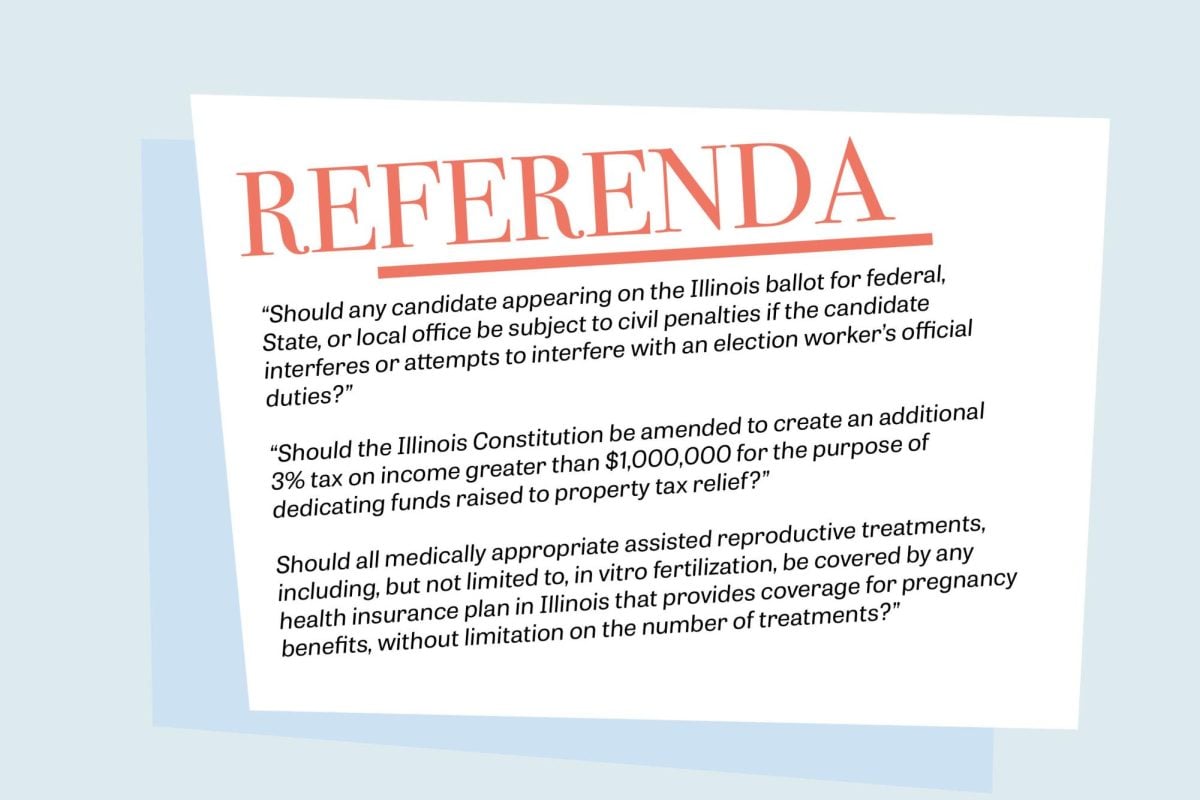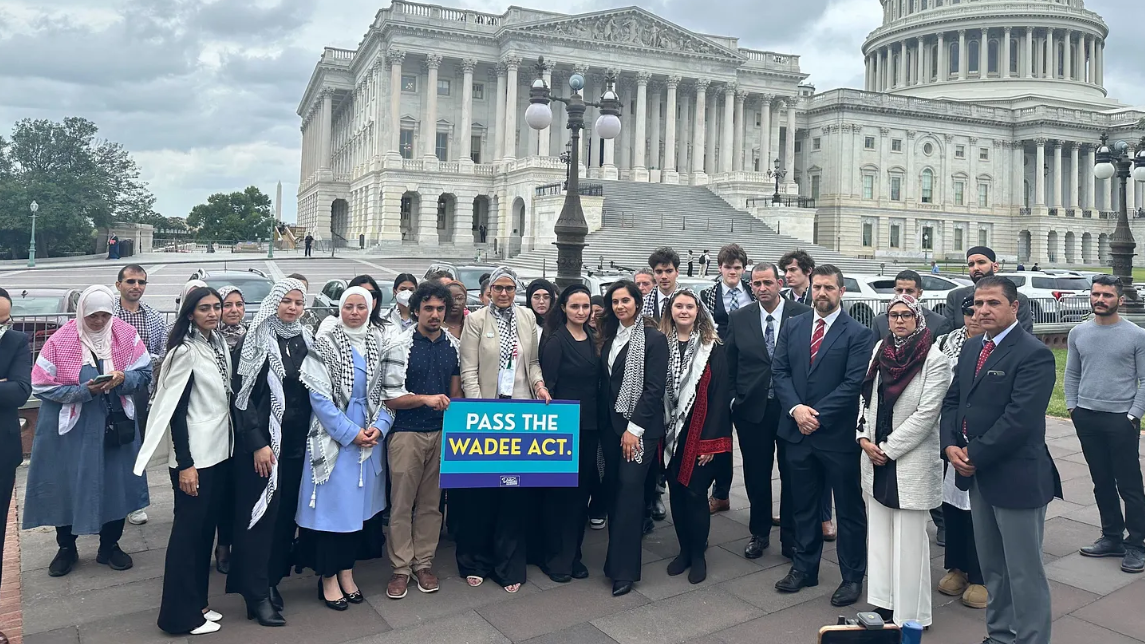More than 80 percent of Latino eighth-grade students in Evanston-Skokie District 65 schools met state reading standards in 2011, bucking the recent trend of Chicago suburban schools lacking bilingual programs.
The state-required programs in 22 suburban school districts are lagging behind the number of students needing them, according to analysis of Illinois State Board of Education records from fiscal year 2009 to October 2011 by advocacy group Catalyst Chicago. Illinois is one of only five states that mandates those programs, according to a May 2007 Education Week analysis.
Chicago suburbs now house 52 percent of the state’s Latino population, while Chicago houses 38 percent, according to the 2010 U.S. Census. Evanston’s population is 9 percent Hispanic or Latino.
D65 has a dual-language program different from any other school district throughout the state, said Yesenia Vazquez, District 65’s bilingual education coordinator. The program begins with students in kindergarten and continues through fifth grade, with instructions given in the students’ native languages. In the process, English is added on, so classes are taught in both languages – a method Vazquez said is effective.
“We’re able to assist the students through the process of language development, which is the best way to instruct them according to research,” Vazquez said.
Evanston Township High School offers “Reading Enriched,” a program for students who have difficulties with dual-language, said Janet Irons, an administrative aid at the high school. Currently, the program is pushing to increase its instructional goals through creating Spanish language arts classes in middle school.
Vazquez said the program’s success can be attributed to not only the fact that students learn a second language gradually throughout their school years, but also to close collaboration between teachers and students.
“They talk about instruction goals and interventions they can use,” Vazquez said. “It’s a very team-oriented environment that is able to assist the students and really target what the students need.”
Other school districts, such as District 299 near the Chicago Loop, do not have a dual-language program.
The dual-language program at D65 is a maintenance program, meaning students retain their native languages and learn English. District 299 has a transitional bilingual program, which causes students to lose their native language and transition into English.
Diana Lopez, the K-5 bilingual specialist for District 299, said she agreed the dual-language program is effective, but added the school district would need additional funds to provide support in professional development.
“It takes money,” she said. “There is currently only one coordinator for the entire district of 200 schools.”
The state is currently pushing for more programs, like the dual-language program, to be established throughout Illinois school districts.
Vazquez said D65 is the model for other school districts.
“We actually are supporting other school districts because they’re using Evanston as a model for their own program they are administering,” Vazquez said.












